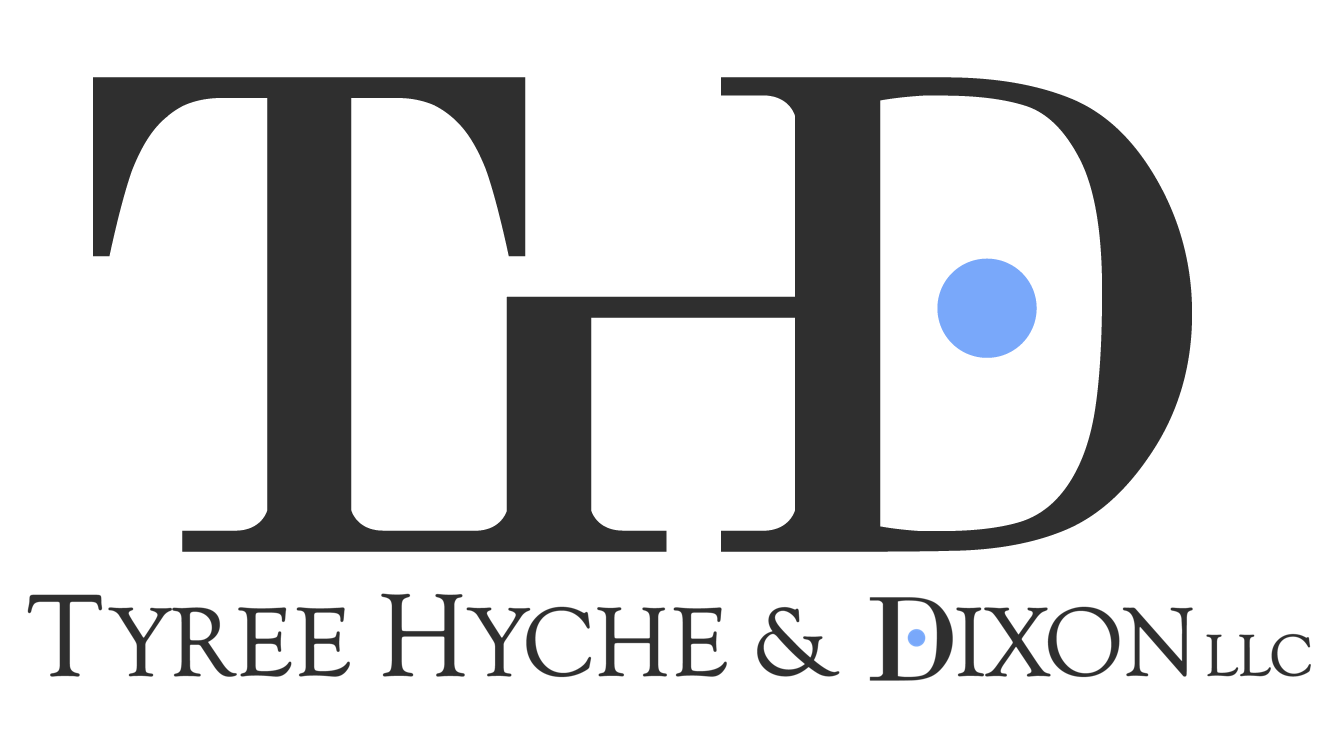INDIE FILMMAKERS: What You Need To Know About Putting Music In Your Film
In today’s age, there are a growing number of people creating independent films. With the success of YouTube, and other streaming services alike, many are making short films and webisodes as a way to build their portfolio and client base. When I talk to first time filmmakers, they are obviously aware of all of the technical aspects of making a film…i.e. filming, editing, etc. However, many are typically unaware of the legal side of filmmaking. While there are many legal aspects to consider when producing a film, this blog post primarily focuses on the legal considerations regarding the inclusion of music in your independent film.
There are three (3) types of music in film. First, there is the underscore, aka the score, of the film. The score is the subtle background music and effects that you hear in a scene. **Side note: A great example of this is the airy sounds that you hear on ABC’s Scandal when Fitz and Liv are with each other. Scandal watchers know what I’m talking about!** A film production company typically hires a composer to compose the score. Second, there is the song that is written specifically for the film. Lastly, there is the pre-existing music composition and/or sound recording.
This post focuses on the third type of music: pre-existing songs.
For every song, the production company must get permission to use the song in the film from every rights holder of the song. Just to name a few, this long list can include: the artist(s), the artist’s record label, the record producer(s), the songwriter(s), the publisher(s), the owner(s) of the master for any samples in the song, the publisher(s) that owns the song that was sampled…like I said, just to name a few. It is extremely important to evaluate the song’s owners and popularity prior to including it in the film and becoming too attached to it. Keep in mind, the more artists, songwriters, publishers, etc. involved, the more approvals and money will be required.
So what do you need to get this music cleared? There are two types of licenses that are potentially needed for each song that you include in your film. The first license is called a synchronization license. A “synch” license allows you to use the underlying music composition of the song. The songwriters, or their publishers, grant this license. The second license is the master use license. This particular license is granted by the artist’s record label and gives the film company the right to use the recording of the song. In the event that the artist is unsigned, this license is granted by the artist.
As with anything else, the licenses to use the music will cost! There are many factors that go into cost. How is the song being used? Is it in the opening and/or closing credits? How popular is the song? How many times will the song be played in the film, and for how long? Are a number of songs from the same publisher included in the film? …amongst many other things. Music publishers typically charge anywhere between $10,000 and $60,000 for a synch license. Likewise, record labels typically charge between $10,000 and $70,000 for a master use license. These numbers, however, are very fluid! There are so many factors, including the ones listed above, that could go into whether those numbers are smaller or greater. For independent filmmakers, some publishers/labels will allow for a reduced fee with certain stipulations. One popular stipulation is that the film can only be shown at festivals or in an educational setting. Some music publishers may also be open to doing a “step deal.” A step deal allows the indie filmmaker to use the song for little to no fee, but includes a clause that provides for additional compensation if the film achieves a certain type of commercial success or secures a mass distribution deal.
So, you know what licenses you need but how do you find the creators of the song? Well, you probably already know the artist of the song that you want to use. In the event you don’t, Shazam and other apps allow you to play a song and it will tell you the name and artist of the song. To find out who owns the synch rights to a song, you can check with the US Copyright Office and/or the three performing rights organizations, ASCAP, BMI, and SESAC. The information for the owner of the master rights can be found in the album booklet. Most digital versions of albums do not come with booklets. However, the iTunes store list the copyright holder of the sound recording on the page of each single and album.
This is “music licensing for films” in its simplest form. There are many more factors that may need to be considered and the licensing process can get much more complex. In any event, it is always best to consult an attorney or someone with music licensing experience.
Keep up with us on twitter here.
